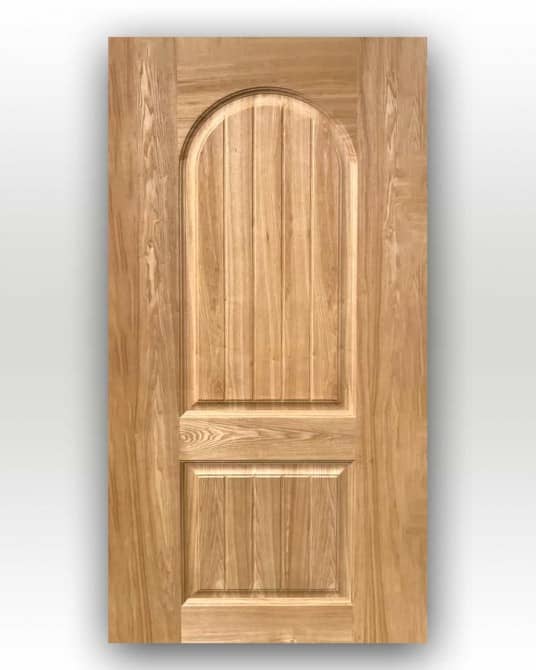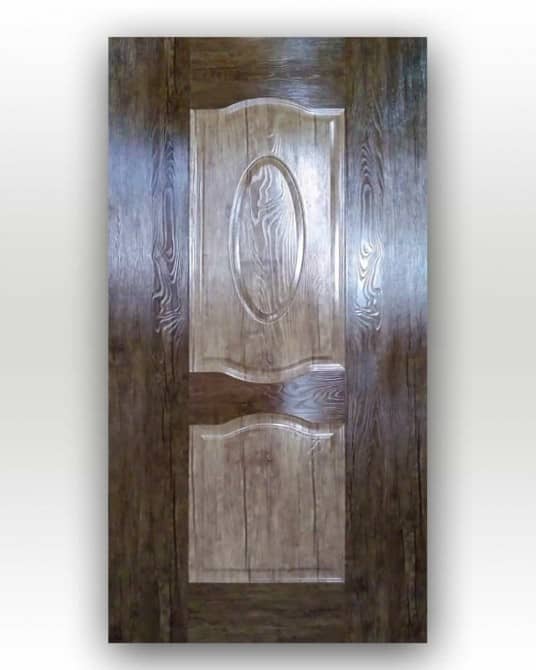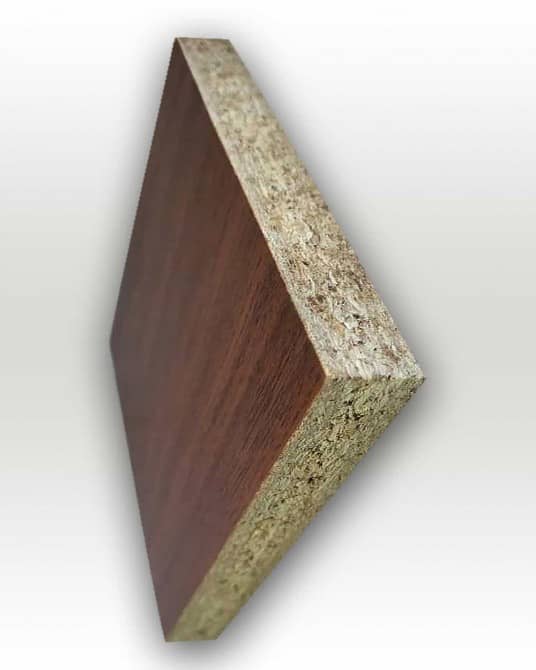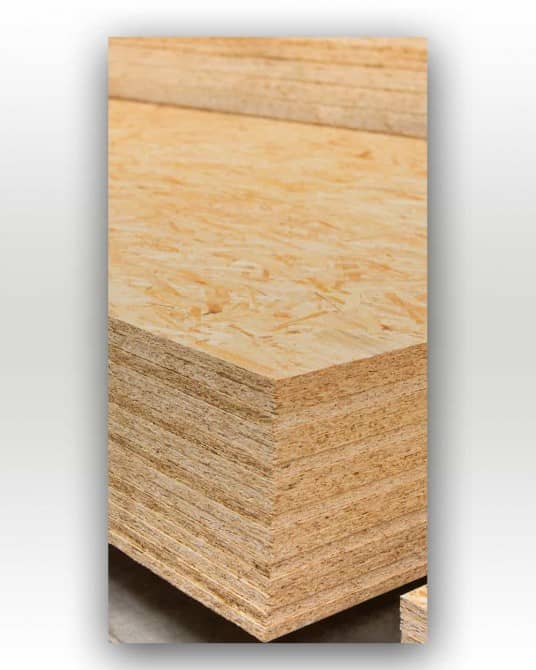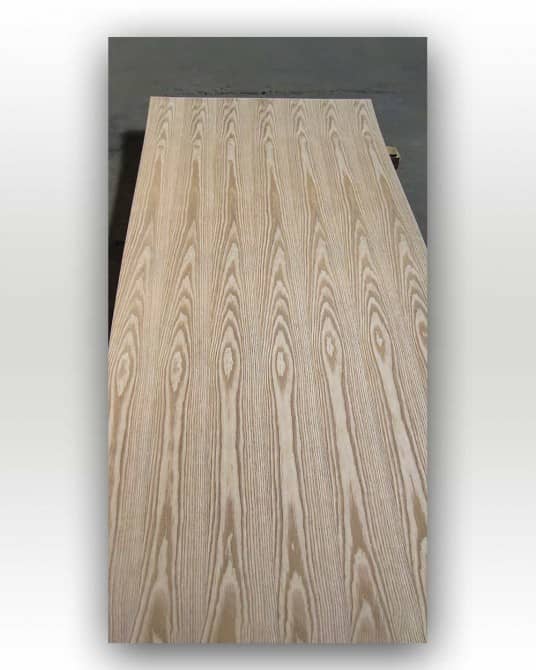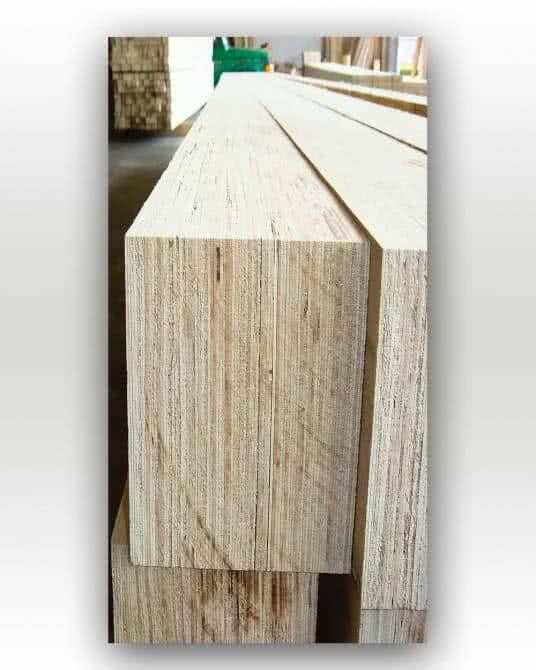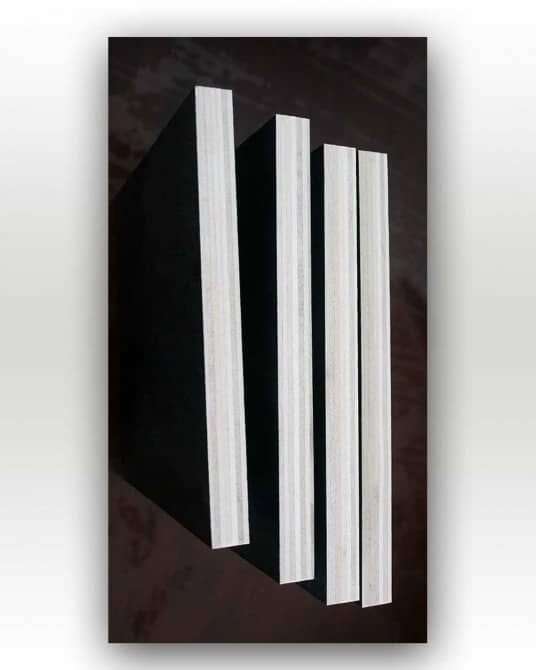Список товаров по производителю Plywood
Typical plywood panel has face veneers of a higher grade than the core veneers. The principal function of the core layers is to increase the separation between the outer layers where the bending stresses are highest, thus increasing the panel's resistance to bending. As a result, thicker panels can span greater distances under the same loads.
Plywood is a material manufactured from thin layers or "plies" of wood veneer that are glued together with adjacent layers having their wood grain rotated up to 90 degrees to one another. All plywood’s bind resin and wood fiber sheets (cellulose cells are long, strong and thin) to form a composite material. This alternation of the grain is called cross-graining and has several important benefits: it reduces the tendency of wood to split when nailed at the edges; it reduces expansion and shrinkage, providing improved dimensional stability; and it makes the strength of the panel consistent across all directions.
There is usually an odd number of plies, so that the sheet is balanced, this reduces warping. Because plywood is bonded with grains running against one another and with an odd number of composite parts, it has high stiffness perpendicular to the grain direction of the surface ply. Smaller, thinner, and lower quality plywood’s may only have their plies (layers) arranged at right angles to each other. Some better-quality plywood products will by design have five plies in steps of 45 degrees (0, 45, 90, 135, and 180 degrees), giving strength in multiple axes.
A typical plywood panel has face veneers of a higher grade than the core veneers. The principal function of the core layers is to increase the separation between the outer layers where the bending stresses are highest, thus increasing the panel's resistance to bending. Within Europe basic plywood can be divided into three main categories: birch plywood (density approx. 680 kg/m3), mixed plywood (density approx. 620 kg/m3) and conifer plywood’s (density 460-520 kg/m3). Plywood are thin layers or "plies" of wood veneer that are glued together with adjacent layers having their wood grain rotated up to 90 degrees to one another.
-
Plywood Plywood
$15.99Typical plywood panel has face veneers of a higher grade than the core veneers. The principal function of the core layers is to increase the separation between the outer layers where the bending stresses are highest, thus increasing the panel's resistance to bending. As a result, thicker panels can span greater distances under the same loads.
1 Обзор(ы) -
Plywood Plywood
$21.99Typical plywood panel has face veneers of a higher grade than the core veneers. The principal function of the core layers is to increase the separation between the outer layers where the bending stresses are highest, thus increasing the panel's resistance to bending. As a result, thicker panels can span greater distances under the same loads.
1 Обзор(ы)
Популярные товары
-

Laminated Plywood
$10.00 -

OSB Board
$78.30 -

Veneer Door Skin
$4.80 -

Raw MDF
$23.00
Новые товары
-

Raw MDF
$23.00 -

Melamine Door Skin
$3.45 -

Construction Plywood
$12.00

